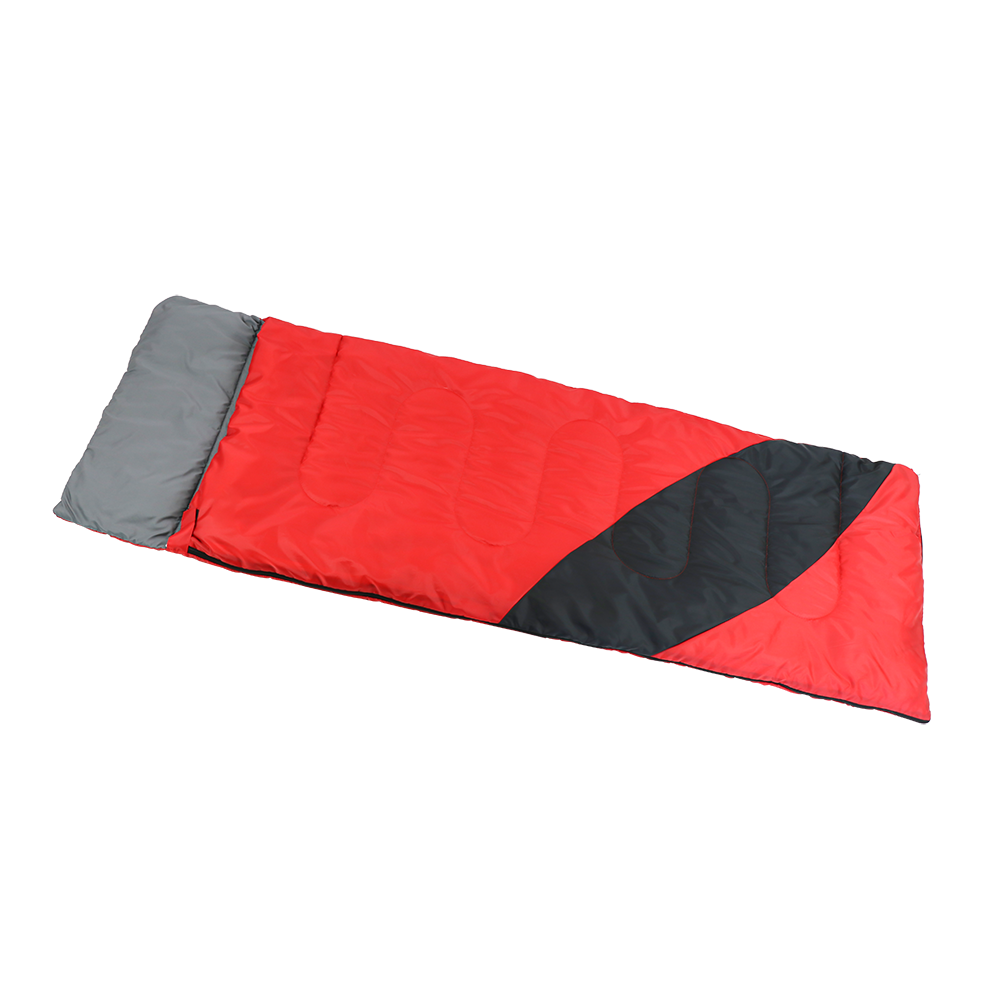
1 月 . 06, 2025 15:50 Back to list
sleeping bag
Choosing the right sleeping bag can make the difference between a restful night under the stars and a sleepless, uncomfortable ordeal. When selecting a sleeping bag, it’s crucial to consider factors such as temperature rating, insulation type, and shape. These components can significantly affect your comfort and safety during outdoor adventures.

Temperature ratings are one of the first specifications you should examine. Most sleeping bags come with a standardized temperature rating, which indicates the lowest temperature in which the bag will keep you warm. For instance, a sleeping bag with a temperature rating of 20°F is designed to keep an average person warm at that temperature. However, individual factors such as metabolism, clothing, and weather conditions should be taken into account. To ensure maximum comfort, it is generally advisable to choose a sleeping bag rated 10-15 degrees lower than the temperatures you expect to experience.
Next, consider the insulation type, which will affect both the warmth and weight of your sleeping bag. There are two primary types of insulation down and synthetic. Down insulation, made from duck or goose feathers, is known for its superior warmth-to-weight ratio. It's highly compressible, making it ideal for backpackers prioritizing lightweight gear. However, down can lose its insulating properties when wet. On the other hand, synthetic insulation, typically made from polyester, retains warmth even when damp and dries quickly. It’s bulkier than down but often more affordable and easier to maintain, making it a popular choice for camping in wetter climates.

The shape of your sleeping bag is another decisive factor that shouldn't be overlooked. Mummy sleeping bags, with their tapered design, are efficient in retaining body heat, offering a snug fit that minimizes dead space. They’re perfect for cold weather camping but can feel restrictive to some users. Rectangular sleeping bags provide more space for movement but might not offer the same level of warmth. Semi-rectangular bags present a compromise between the two, offering more shoulder room than a mummy bag while still helping to conserve body heat.
sleeping bag
When it comes to durability and trustworthiness, the brand reputation is an essential consideration. Brands with proven track records, backed by customer reviews and expert endorsements, provide reliability that unknown brands may lack. Well-established brands often offer warranties, reinforcing their commitment to quality and customer satisfaction.
Lastly, consider additional features such as hoods, draft collars, and zipper quality. Features like a drawstring hood can add warmth by preventing heat loss from your head, while draft collars help seal in warmth around the neck area. High-quality zippers reduce the annoyance of snags and drafts, contributing to an overall better sleeping experience.
By understanding these key factors and leveraging expert recommendations, you can confidently choose a sleeping bag that will enhance your outdoor adventures. Whether you're a seasoned backpacker or a casual camper, a well-selected sleeping bag will ensure warmth, comfort, and a good night's sleep in the wilderness.
-
Top China Adult Sleeping Bag Suppliers Lightweight & Durable
NewsMay.30,2025
-
China Camping Waterproof Picnic Blanket Supplier Wholesale Factory
NewsMay.30,2025
-
Wholesale Backpacking Sleeping Bags Lightweight & Bulk Supplier
NewsMay.30,2025
-
Emergency Sleeping Bags Wholesale Bulk Supply & OEM Options
NewsMay.29,2025
-
Sustainable Recycled Cotton Picnic Blankets Wholesale Manufacturer
NewsMay.29,2025
-
Premium Duck Down Sleeping Bag Supplier Warm & Lightweight Design
NewsMay.29,2025
